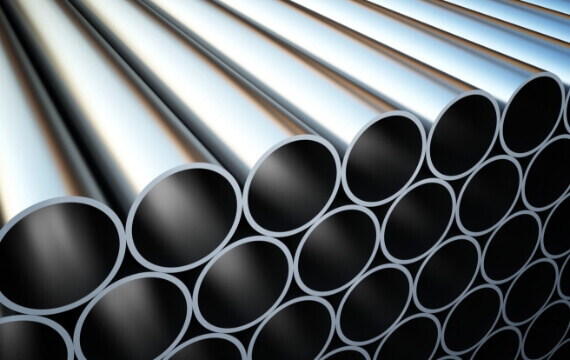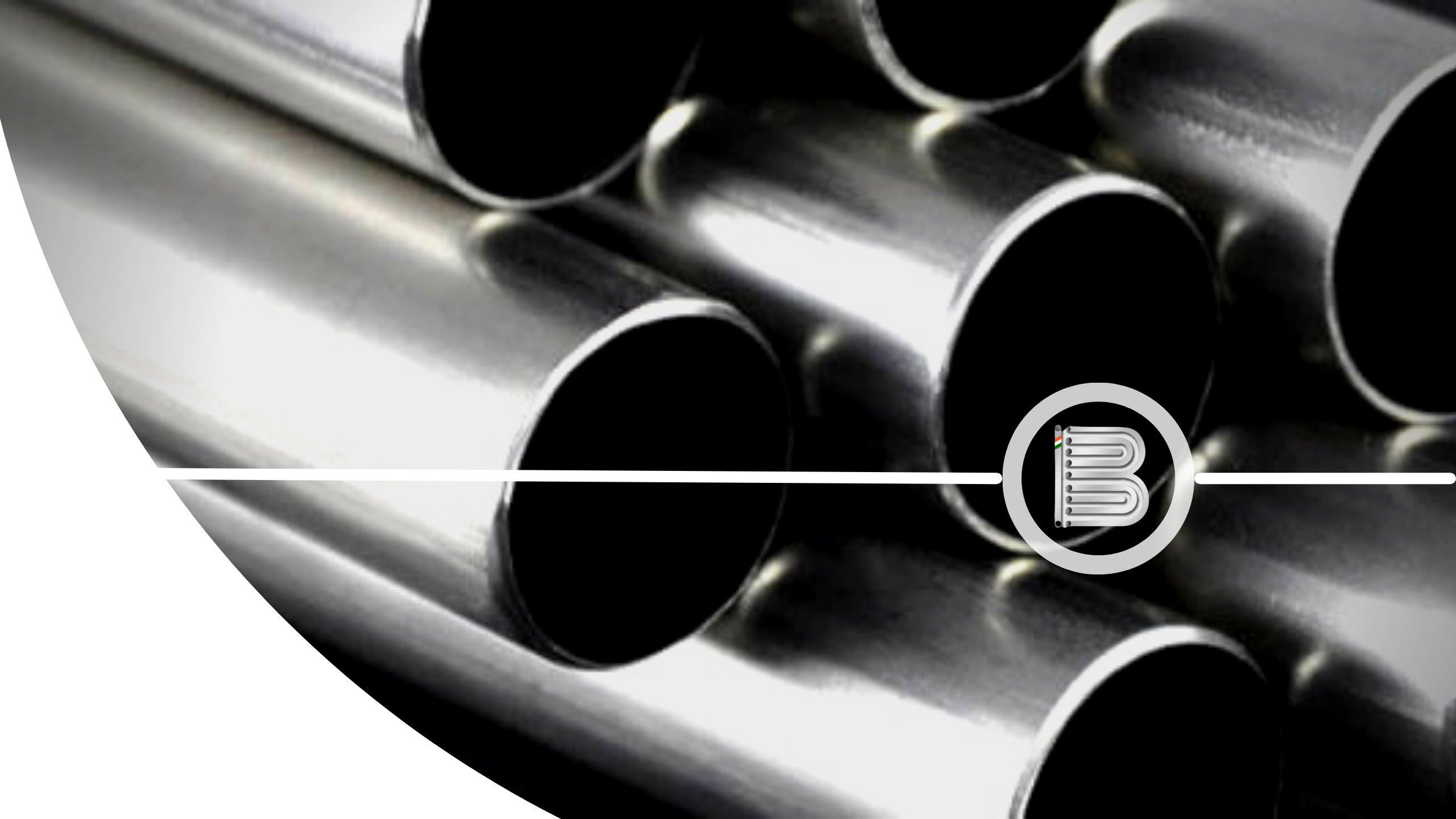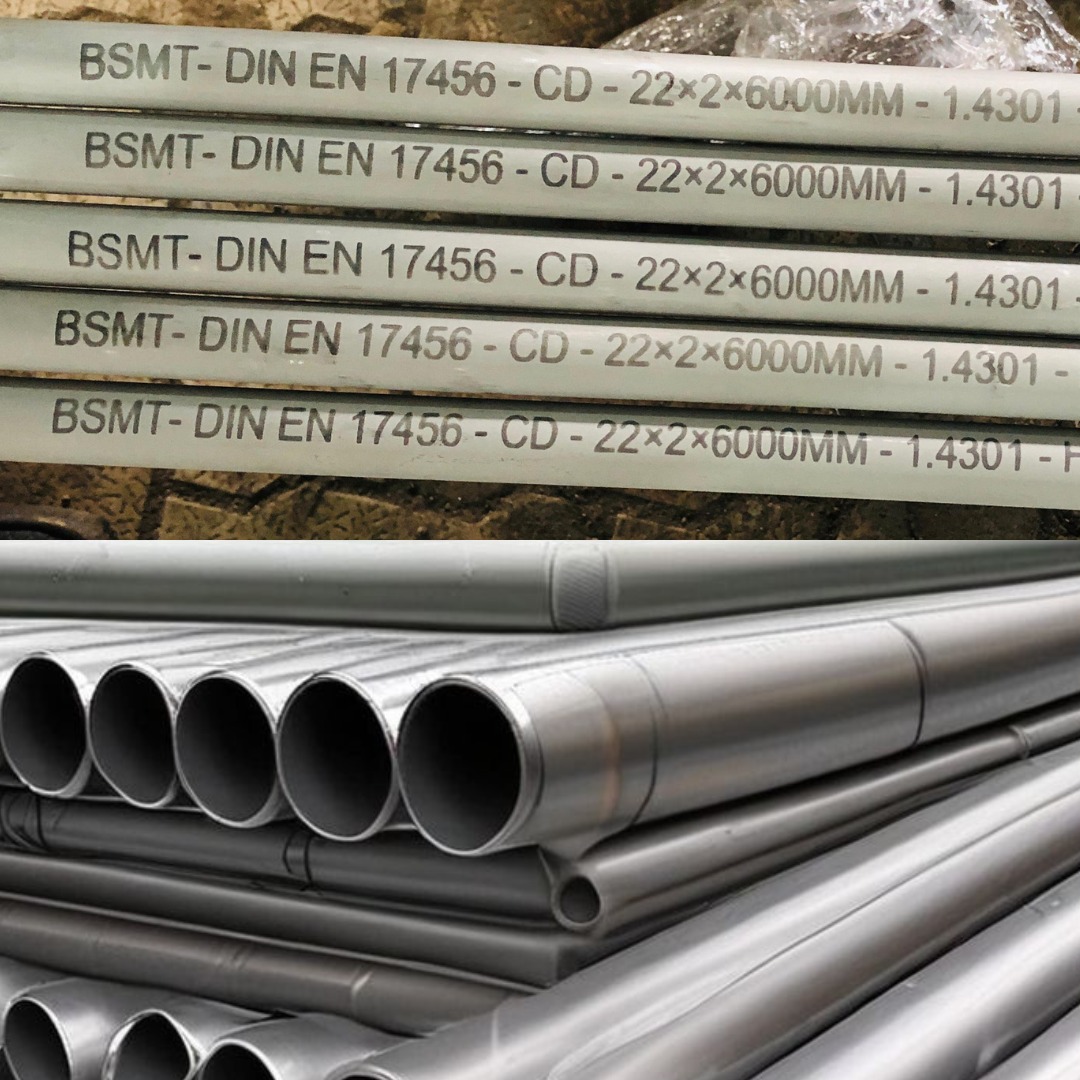Stainless steel that is austenitic is divided into two kinds. While 200 series stainless steels substitute manganese and nitrogen for nickel, though there is still a small amount of nickel present, 300 series stainless steels obtain their austenitic structure primarily through the addition of nickel, making 200 series a more affordable nickel-chromium austenitic type stainless steel.
The bigger subgroup is stainless steel from the 300 class. Type 304, often known as 18/8 or A2, is the most popular austenitic and all-purpose stainless steel. Numerous products, including cookware, cutlery, and kitchenware, use type 304. The second-most popular austenitic stainless steel is type 316. In order to boost resistance to localized attacks (such as pitting and crevice corrosion) and promote acid resistance, some 300 series materials, including Type 316, additionally contain a small amount of molybdenum.
"Austenitic stainless steel has a strong corrosion resistance, making it ideal for a variety of applications such as kitchen utensils, food processing machinery, and medical devices."
Austenitic stainless steel is a type of stainless steel alloy renowned for its exceptional high-temperature capabilities
Austenitic stainless steel is a type of stainless steel alloy renowned for its exceptional high-temperature capabilities and corrosion resistance. With trace levels of manganese, nitrogen, and molybdenum, its main constituents are iron, chromium, and nickel.
Austenitic stainless steel’s salient features include:
Austenitic stainless steel has a strong corrosion resistance, making it ideal for a variety of applications such as kitchen utensils, food processing machinery, and medical devices.
Non-magnetic: It is not magnetic after it is annealed, making it a popular choice for situations where magnetism is not desired.
High-Temperature Resistance: Because this kind of stainless steel can withstand higher temperatures without losing its tensile strength or ability to resist corrosion, it is appropriate for high-temperature applications like industrial furnaces and exhaust systems. Austenitic stainless steel is a versatile material for a variety of fabrication techniques due to its ease of formability and weldability. In areas where hygiene is essential, such the food and pharmaceutical sectors, its corrosion resistance and simplicity of cleaning make it a preferred choice.
The “300 series” numbering system is frequently used to identify austenitic stainless steel. Popular grades include 304 (18% chromium and 8% nickel) and 316 (16% chromium, 10% nickel, and 2% molybdenum). These grades are widely utilised in a variety of applications, including as kitchen appliances, building construction, and machinery for chemical processing.





